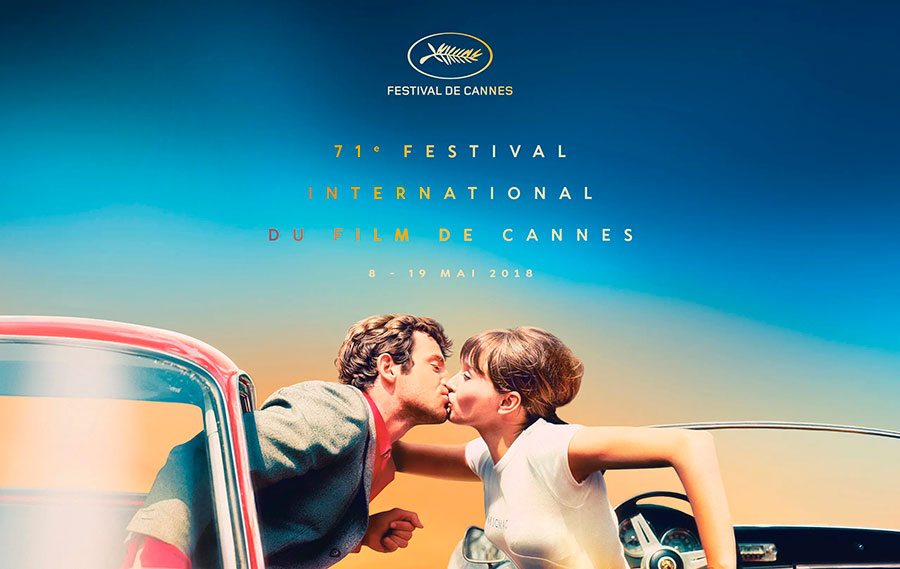
Cannes 2018: The first few days
Publié par Birgit Beumers - 18 mai 2018
Catégorie(s): Cinéma, Expositions / Festivals
This year’s edition of the festival started a day early and opened with a perfect crowd-pleaser, Todos Lo Saben (Everybody Knows), Ashgar Farhadi’s second film made outside Iran after the French-produced The Past (Le Passe, 2013), and following his Oscar-winning Nadir and Simin: A Separation (2011) and The Salesman (2016). This time, the film was shot in Spain and starred Javier Bardem and Penelope Cruz in the main roles. Set in a remote village, the film oscillates between a family drama and a detective story. The exuberant performance of the star actors may seem attractive at first sight, but is a long way from the quiet demeanour displayed in Farhadi’s other films.
Fellow Iranian filmmaker Jafar Panahi also “participated” in competition, making another film while still under house arrest and banned from leaving Iran. This makes two directors of competition films absent from the event, the second being Kirill Serebrennikov from Russia who has been under house arrest since August 2017 for charges of embezzlement in connection with his theatre.
Following Taxi Teheran (2015), which was made under house arrest and shot with a camera installed inside a car, Panahi manages a rather elaborate story in his new film, Three Faces. The story involves himself and the well-known actress Behnaz Jafari. Once again Panahi remains with and around the car, but this time he travels into a remote mountain village to help save a young girl desperate to become an actress. The remote, backward life also fascinates Alice Rohrwacher in her latest film, Lazzaro Felice (Happy as Lazzaro), which takes the viewer to a spectacularly beautiful and completely isolated mountain settlement that has a painterly quality, only to confront the backward life with that in a contemporary urban lifestyle.
On the one hand, there is backwardness associated with geographical locations, and on the other there is a retro mode in some films that take us back to the past: Pawel Pawlikowski’s Cold War (Zimna wojna), shot in Poland (like his previous film Ida, 2013) and set in a period from the late 1940s to the mid 1960s; and Kirill Serebrennikov’s Summer (Leto), set in Leningrad of 1981. Both films are concerned with Eastern Europe and its isolation after the war, from the post-war years known as ‘cold war’ through the so-called ‘Thaw’ and ending with the late Soviet era and the rebellious rock singers. Both films are shot in black and white, trying to emulate the image quality of the period in which they are set, both doing so with great detail and sensitivity.
With further competition films from Jean-Luc Godard and Kore-Eda Hirokazu alongside the French entry by Eva Husson all scheduled in the first week, the festival has certainly made a fine selection of films – and stars – without drawing on Netflix. And the initially contested and controversial change in the press schedule, whereby the press gets to see the films after, instead of before, the official premier, also seems to make for a smoother running of the screenings (and the coverage) than some of the press and journalist organisations might have thought. There is a feeling, though, that things are quieter and less hectic, and yet maybe this is just the effect of that extra day and not of the actual number of people.
